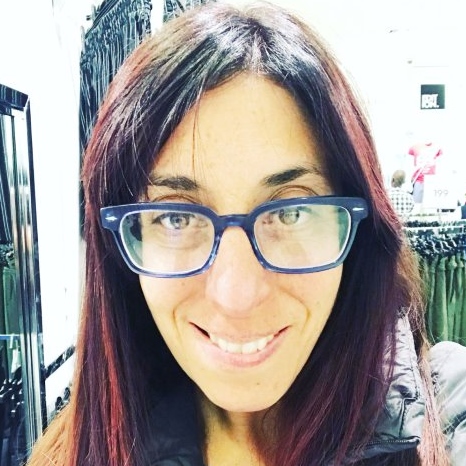
Parshot/Festivals

Home and heart: why Sukkot is the shelter we need
ADINA ROTH
Within a few weeks, I was pulled into the halachic minutiae of what constitutes a kosher sukkah. How high? How wide? How much sun? How much shade? Can it be built in a valley? How about on a mountain? To be honest, the finer details of sukkah building had not really been on my bucket list.
In New York, we were living under the spectre of 9/11, and back home in South Africa, Nelson Mandela’s dream of the rainbow nation had not yet faded. I was far from my family, yet living in one of the greatest cities in the world, and questions of home and what makes home were on my mind.
One day, on talking with my chevruta, I realised that the halachic discussion about what constitutes a sukkah were linked very much to my current preoccupations: what constitutes a good-enough shelter, and what creates the feeling of home?
Rabbi Irving Greenberg writes that “the halachic requirements for the construction of a sukkah attempt to capture the fragility and openness of the booths”. A sukkah should not be too small or too big, it should be built well enough to withstand normal winds, but not so strong that it would stand in a gale.
Thus, the sukkah invites us to contemplate the true sources of our security, and to think more deeply about vulnerability and certainty. As we come to realise that walls are not our ultimate safekeeping, we are invited to trust in Hashem as our roots and shelter.
There is no doubt that people in our Jewish community are preoccupied with the question of home, of belonging, of security, and of a certain future. Indeed, questions of staying or going flow at Shabbat tables like the wine in people’s glasses.
These questions are real, and each person must answer them with integrity. In response to the current mood, a Facebook group with close to half a million members has emerged – the overwhelmingly positive #imstaying. In the group, one person after the next shares stories about why they are committed to deepening their roots in South Africa, why South Africa is home.
The truth is that no Facebook group can create anything but an illusion about the certainty of home, even one with half a million members! But this Facebook group offers something beyond the assertion of #imstaying.
The vast majority of the stories in the group are about connections among people in our country, crossing racial and other divides. The stories affirm South Africans’ longing to connect. It doesn’t provide the walls and certainty of home but it offers something more subtle, the power of the human web to create a sense of home and belonging.
#imstaying has the feel of a cyber sukkah. On joining the group, I felt as if I was taking shelter among fellow South Africans. Irreducible as we are in our uniqueness, we are joined by much in common, and long for fundamentally similar things.
A Batmitzvah student undertook to visit the graves of all her ancestors around the country. Then, with her mother, she put together a massive family tree which hung like a large, carpet wall hanging, as the background to her ceremony. When the mother of the Batmitzvah spoke, she said to her daughter, “I have always wanted to find a secure home, a place where I could say, ‘this is ours, we are secure and rooted here’.”
She had looked around the world, even visited her family roots in Lithuania, and of course sought to create a home in South Africa, but had never found that ultimate feeling of home. When she looked at the family tree, she realised that this family tree, this web of ancestry was “home”. It’s these roots that sink deep into the heart and soul of each person in the family, creating a feeling of homecoming that is internal but real.
It must be wonderful to have a home where one can feel a sense of generational span, a farmstead that is passed down from parent to child, a sense of being an eighth generation Jerusalemite.
But Sukkot invites us to contemplate an evanescence intrinsic to the human condition, that walls and fortresses, town houses complexes, and even the “best” passport in the world, will not give us an ultimate sense of shelter. Rather, it’s the contemplation of and connection with intangibles that give us a sense of homecoming. It’s our bonds with our family, with the Jewish people, with our fellow South Africans, and with our common, wider humanity, as well as our connection with life on this planet.
We are reminded however, that the ultimate shelter is that of the infinite, whose rooftop is wide as the sky, and whose floor is as solid as mother earth.
• Ideas from this article were taken from Rabbi Irving Greenberg’s article, “The reenactment of the exodus journey”, sourced from a lesson on Sukkot in the Florence Melton School of Adult Jewish Learning.
Adina Roth is a Jewish educator and facilitator for the Melton programmes in Johannesburg.




